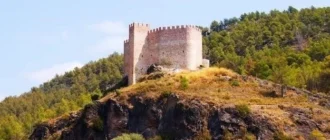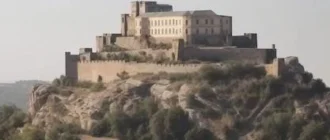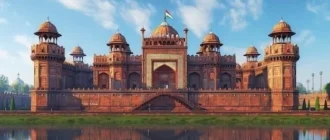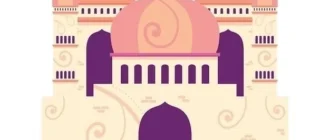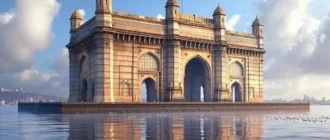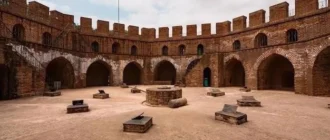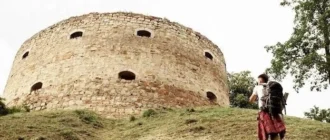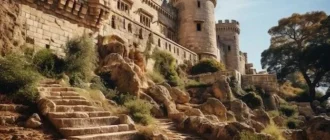Introduction: Unveiling Vientiane’s Architectural Treasures
Nestled along the Mekong River, Vientiane, the capital of Laos, enchants visitors with a captivating blend of historical resonance and modern dynamism. Beyond its tranquil ambiance lies a treasure trove of architectural gems, reflecting a rich tapestry of influences. From ancient Buddhist temples to remnants of French colonial grandeur, Vientiane’s architectural landscape offers a captivating journey through time and culture. This exploration delves into the city’s hidden architectural gems, unveiling the stories etched into their facades and the traditions they embody.
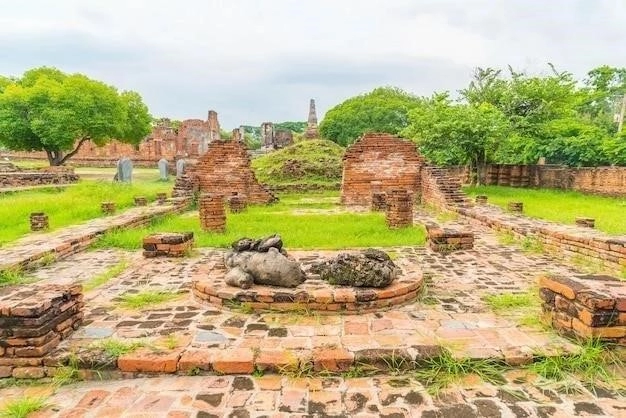
French Colonial Elegance: A Journey Through Time
Vientiane’s architectural tapestry is interwoven with the elegance of French colonial design, a legacy of the country’s history as a French protectorate. Stepping onto the streets of Vientiane is akin to taking a step back in time, where grand boulevards lined with stately structures evoke the ambiance of a bygone era. These architectural vestiges whisper tales of a colonial past, their faded grandeur a poignant reminder of the passage of time and shifting cultural tides.
Among these architectural gems are the elegant shophouses that grace the city center. These structures, with their distinctive facades and elongated balconies, blend European design elements with traditional Laotian aesthetics. The ground floors, often dedicated to commerce, open onto bustling sidewalks, while the upper levels served as residences, offering respite from the tropical heat. Today, many of these shophouses have been meticulously restored, their pastel hues and intricate details adding a touch of vintage charm to the urban landscape.
The French colonial influence extends beyond commercial structures to encompass public buildings that played a pivotal role in the administrative and social life of the protectorate. The Presidential Palace, once the residence of the French governor-general, stands as a testament to the architectural grandeur favored by the colonial administration. Its imposing facade, adorned with classical columns and ornate balconies, reflects the power and prestige associated with French rule. While no longer open to the public, the Presidential Palace remains a symbol of Vientiane’s complex history.
Venturing further into the city, one encounters hidden architectural gems, often tucked away on quiet side streets or partially obscured by lush vegetation. Villas, once the residences of high-ranking officials and affluent merchants, offer a glimpse into the luxurious lifestyles enjoyed by the French elite. Their spacious verandas, designed for enjoying the tropical climate, and sprawling gardens evoke a sense of leisurely elegance that contrasts with the bustling city beyond. These architectural remnants, often overlooked in favor of more prominent landmarks, provide an intimate perspective on the city’s colonial past, inviting contemplation on the enduring influence of architectural styles on the cultural identity of a place.
Spiritual Sanctuaries: Exploring Vientiane’s Temple Architecture
Vientiane’s spiritual landscape is punctuated by an array of elaborate temples, each a testament to the enduring presence of Buddhism in Laotian culture. These sacred spaces, often adorned with intricate carvings, vibrant murals, and soaring roofs, offer a glimpse into the rich artistic traditions of Laos, where spirituality and artistry intertwine. Beyond the grandeur of the city’s well-known temples lies a collection of hidden sanctuaries, each bearing witness to centuries of devotion and architectural ingenuity.
Venturing beyond the beaten path, one discovers these smaller temples, often nestled within quiet residential enclaves or tucked away on the outskirts of the city. Unlike their larger counterparts, these hidden gems offer an intimate and contemplative atmosphere, where the clamor of urban life fades into the background, replaced by the gentle chanting of monks and the fragrance of incense. The architecture of these temples, while modest in scale, is no less impressive. Delicate wooden structures, their roofs adorned with intricate carvings depicting mythical creatures and scenes from Buddhist teachings, speak to the skill and artistry of Laotian craftsmen.
Inside these serene spaces, one finds a treasure trove of religious art, from gilded Buddha statues to murals depicting scenes from the life of the Buddha. The walls, often adorned with intricate murals, narrate tales from Buddhist scripture, their vibrant colors and intricate details captivating the eye and inviting contemplation. The stories depicted in these murals, passed down through generations, provide a tangible link to the rich spiritual heritage of Laos, offering insights into the beliefs and values that continue to shape Laotian society.
These hidden temples, often overlooked by visitors in search of grander landmarks, offer a unique and rewarding way to experience the spiritual heart of Vientiane. They provide a sanctuary for reflection and contemplation, inviting visitors to connect with the tranquility and spirituality that permeate Laotian culture. Their architectural beauty, often overlooked, serves as a reminder of the enduring power of faith to inspire artistic expression.
Wat Si Saket: A Glimpse into Laotian Heritage
Amidst the bustling streets of Vientiane, Wat Si Saket stands as a venerable testament to Laotian history and architectural heritage. Constructed in the early 19th century, this remarkable temple complex has withstood the test of time, surviving invasions and the vagaries of history to emerge as the oldest intact temple in the capital city. Its serene atmosphere and remarkable collection of Buddhist iconography offer a captivating glimpse into the spiritual heart of Laos.
Wat Si Saket’s architectural design reflects a distinctive blend of Lao and Siamese influences, a testament to the historical ties that bind these neighboring cultures. The temple’s most striking feature is its cloister, a long, covered walkway lined with thousands of Buddha images. These images, ranging in size from miniature to life-size, are crafted from a variety of materials, including wood, stone, bronze, and ceramic, each bearing witness to the artistic traditions that have flourished in Laos over the centuries. The cloister walls, adorned with faded murals depicting scenes from the life of the Buddha, add another layer of historical and artistic significance to this remarkable space.
Beyond the cloister lies the temple’s main sanctuary, or sim, a soaring wooden structure with a multi-tiered roof adorned with intricate carvings. Inside, a serene atmosphere prevails, inviting contemplation and reflection. The sanctuary houses a collection of revered Buddha images, including a particularly venerated bronze Buddha statue believed to have originated in Cambodia. The walls, adorned with vibrant murals depicting scenes from Buddhist cosmology, transport visitors to a realm of spiritual significance.
Wat Si Saket, with its remarkable architecture, serene ambiance, and rich collection of Buddhist art, stands as an enduring symbol of Laotian heritage. Its survival through centuries of change speaks to the enduring power of faith and the importance of preserving cultural treasures for generations to come. For visitors seeking to delve into the spiritual heart of Vientiane, Wat Si Saket offers a captivating and rewarding experience.
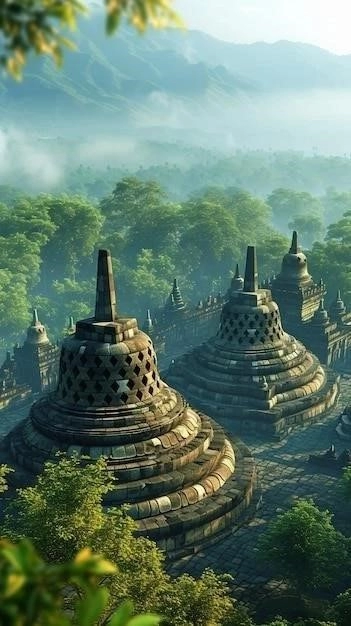
Wat Mixay: The Tranquil Abode of Architectural Splendor
Tucked away on a quiet lane in the heart of Vientiane, Wat Mixay stands as a serene oasis amidst the urban bustle. This architectural gem, often overlooked by visitors in favor of its more renowned counterparts, offers a captivating blend of artistic splendor, historical significance, and spiritual tranquility. Its ornate design, a harmonious fusion of traditional Lao motifs and European influences, reflects the evolving architectural landscape of Vientiane during the late 19th and early 20th centuries.
The temple’s most striking feature is its elaborately adorned facade, a testament to the skill and artistry of Laotian craftsmen. Intricate carvings, depicting mythical creatures, celestial beings, and scenes from Buddhist mythology, adorn every surface, transforming the temple’s exterior into a visual feast for the eyes. The vibrant colors, a hallmark of traditional Lao art, add another layer of visual richness, creating a sense of awe and wonder. As sunlight dances across the gilded surfaces, casting intricate shadows, Wat Mixay’s facade comes alive, revealing new details and hidden narratives with each passing hour.
Stepping inside the temple, visitors are greeted by a serene atmosphere that invites contemplation and reflection. The interior, while less ornate than the exterior, exudes a sense of understated elegance. Soaring ceilings, supported by massive wooden pillars adorned with intricate carvings, create a sense of spaciousness and grandeur. Sunlight filters through carefully placed windows, illuminating the gilded altar and casting a warm glow upon the faces of the faithful who come to pay their respects.
Wat Mixay, with its exquisite architectural details, serene ambiance, and rich historical significance, stands as a testament to the enduring legacy of Buddhism in Vientiane. It serves as a reminder that even amidst the rapid pace of modernization, pockets of tranquility and spiritual refuge can still be found in the heart of the city, offering solace and inspiration to those who seek them.
Patuxay Monument: A Symbol of Laotian Resilience
Standing tall at the eastern end of Vientiane’s grand boulevard, Lane Xang, the Patuxay Monument commands attention as a potent symbol of Laotian resilience and national identity. This towering archway, often referred to as Vientiane’s Arc de Triomphe, embodies a complex history, reflecting periods of colonial influence, wartime struggles, and the country’s hard-won independence. Unlike the classical lines of its Parisian counterpart, the Patuxay Monument proudly showcases traditional Lao architectural elements, creating a unique and compelling landmark that speaks to the spirit of Laos.
Built in the 1960s, the Patuxay Monument was conceived as a tribute to the Laotian people’s struggle for independence from France. Its design, a striking departure from the prevailing architectural trends of the time, draws inspiration from Lao Buddhist temples and mythical imagery. Soaring pillars, adorned with intricate carvings depicting kinnari, mythical creatures with the head of a human and the body of a bird, flank the archway, their graceful forms reaching towards the heavens. These mythical beings, often associated with beauty, grace, and protection, serve as symbolic guardians of the monument and the nation it represents.
Ascending to the top of the Patuxay Monument offers visitors panoramic views of Vientiane’s cityscape, from the shimmering Mekong River to the gilded spires of ancient temples. The vista serves as a reminder of the enduring spirit of the Laotian people, who have overcome numerous challenges throughout their history. The monument stands as a testament to their resilience, their ability to preserve their cultural identity while embracing the future.
Presidential Palace: Grandeur and History Combined
Standing at the heart of Vientiane, the Presidential Palace embodies a captivating blend of architectural grandeur and historical significance. This imposing edifice, with its stately presence and elegant facade, has borne witness to pivotal moments in Laos’s journey as a nation, serving as a symbol of power, resilience, and the enduring legacy of the country’s past. While its doors remain closed to the public, the Presidential Palace continues to captivate onlookers with its stately presence, inviting contemplation on the interplay of architecture, power, and national identity.
Constructed in the early 20th century during the French colonial era, the Presidential Palace, originally known as the Residence of the Governor-General, was designed to reflect the grandeur and authority of the French colonial administration. Its architectural style, a harmonious fusion of European classical elements and traditional Lao motifs, speaks to the complex cultural exchanges that shaped Vientiane’s urban landscape during this period. The palace’s grand facade, adorned with stately columns, ornate balconies, and graceful arches, evokes the architectural splendor of French provincial mansions, while subtle Lao design elements, such as the tiered rooflines and decorative motifs, hint at the country’s rich cultural heritage.
Although the Presidential Palace is not open for public tours, its exterior offers a glimpse into a bygone era, inviting contemplation on the architectural and historical narratives etched into its walls. The manicured gardens, adorned with fountains and tropical foliage, provide a serene foreground to the palace’s imposing facade, offering a tranquil respite from the bustling city beyond. The Presidential Palace, even from afar, stands as a testament to Vientiane’s complex history, a tangible reminder of the enduring legacy of colonialism, the struggle for independence, and the evolving national identity of Laos.
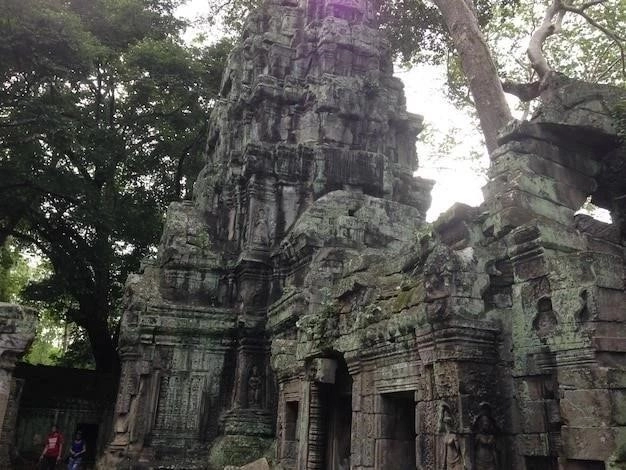
Beyond the Iconic: Discovering Hidden Architectural Gems
While Vientiane’s iconic temples and colonial landmarks draw well-deserved admiration, the city’s architectural tapestry extends far beyond these prominent sites. Venturing into the quieter enclaves and side streets, one encounters a treasure trove of hidden architectural gems, each whispering tales of bygone eras, cultural exchanges, and the enduring spirit of Laotian artistry. These often-overlooked structures, ranging from charming shophouses to forgotten villas, offer a captivating glimpse into the city’s multifaceted architectural heritage, inviting exploration beyond the well-trodden tourist paths.
Among these hidden gems are the traditional Laotian houses that grace the city’s older neighborhoods. Often constructed of wood and featuring distinctive tiered roofs, these dwellings showcase the vernacular architectural traditions that have shaped the urban fabric of Vientiane for generations. The intricate carvings that adorn the rooflines and window frames, often depicting mythical creatures or scenes from Buddhist teachings, speak to the skill and artistry of Laotian craftsmen, while the use of natural materials, such as wood and bamboo, reflects a deep respect for the surrounding environment.
The city’s architectural tapestry is further enriched by the presence of structures that reflect the influence of Chinese and Vietnamese architectural styles. These influences, often subtle yet discernible, are evident in the ornate decorations, intricate woodwork, and the use of vibrant colors, adding another layer of complexity to Vientiane’s architectural heritage. Discovering these hidden gems, tucked away amidst the city’s more modern developments, offers a rewarding glimpse into the rich cultural exchanges that have shaped Vientiane’s urban landscape over the centuries.
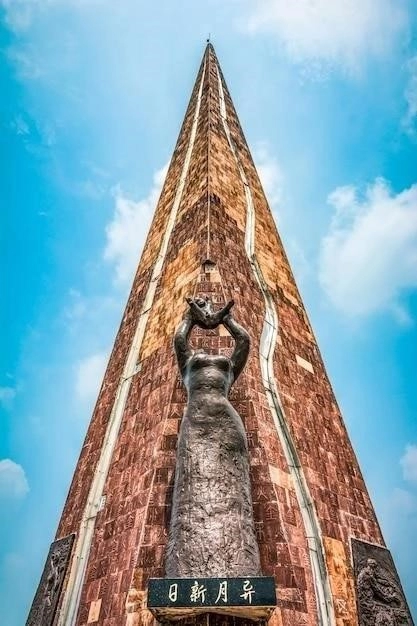
Traditional Laotian Houses: An Ode to Vernacular Architecture
Amidst the evolving cityscape of Vientiane, traditional Laotian houses stand as enduring testaments to the country’s vernacular architecture, reflecting a harmonious blend of functionality, artistry, and deep respect for the natural environment. These dwellings, often tucked away in quiet neighborhoods or along the banks of the Mekong River, offer a captivating glimpse into the heart of Laotian culture, showcasing the ingenuity and resourcefulness that have shaped generations of Laotian life.
Crafted primarily from wood, with thatched or tiled roofs, traditional Laotian houses are designed to harmonize with the tropical climate. Elevated on stilts, these dwellings allow for air circulation, keeping the interiors cool and comfortable during the hot and humid months. The elevated design also serves a practical purpose during the rainy season, providing protection from flooding and creating a shaded space for social gatherings or household tasks. The design of these homes reflects a deep understanding of the local climate and the rhythms of nature, demonstrating a sustainable approach to building that has endured for centuries.
Beyond their functional aspects, traditional Laotian houses are also renowned for their aesthetic beauty. Intricate carvings, often depicting mythical creatures, auspicious symbols, or scenes from Buddhist teachings, adorn the rooflines, window frames, and supporting beams. These carvings, executed with remarkable skill and artistry, transform the houses from simple dwellings into works of art, showcasing the rich cultural heritage and spiritual beliefs of the Laotian people. The use of natural materials, such as wood, bamboo, and thatch, further enhances the homes’ aesthetic appeal, creating a sense of warmth, intimacy, and connection to the surrounding environment.
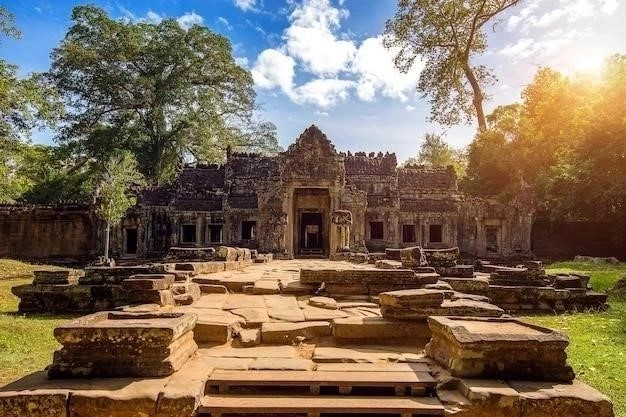
The Influence of French Colonialism on Vientiane’s Urban Landscape
Vientiane’s urban landscape bears the indelible imprint of French colonialism, a legacy etched into the city’s architecture, street layout, and cultural fabric. From the late 19th century to the mid-20th century, French colonial rule brought about significant transformations to the cityscape, introducing European architectural styles, urban planning principles, and social spaces that continue to shape Vientiane’s identity today. This interplay of French and Laotian influences created a distinctive architectural blend, evident in the city’s grand boulevards, elegant villas, and public structures that stand as reminders of a complex and transformative era.
One of the most visible legacies of French colonialism is the city’s wide, tree-lined boulevards, designed to evoke the grandeur of Parisian avenues. These boulevards, often lined with stately shophouses and administrative buildings, replaced Vientiane’s traditional narrow lanes and organic urban fabric, imposing a sense of order and hierarchy onto the cityscape. While these urban interventions aimed to reflect French ideals of modernity and progress, they also led to the displacement of some traditional communities and the alteration of long-standing urban patterns.
Beyond the grand boulevards, French architectural influences are evident in the numerous villas and public buildings constructed during the colonial era. These structures, often characterized by their elegant proportions, ornate facades, and spacious verandas, introduced European architectural styles, such as neoclassical and Art Deco, to Vientiane’s architectural vocabulary. Many of these colonial-era buildings have been repurposed to serve new functions, housing government offices, cultural institutions, or restaurants, their architectural grandeur a testament to a bygone era.
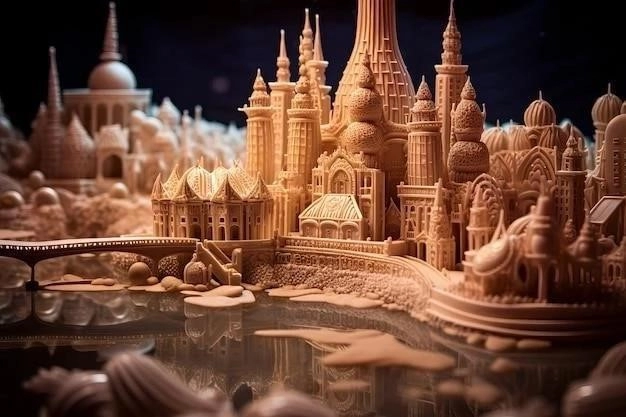
Modern Architectural Marvels: A Testament to Vientiane’s Evolution
As Vientiane embraces the 21st century, its architectural landscape reflects a dynamic interplay between preserving its rich heritage and embracing contemporary design sensibilities. Modern architectural marvels are emerging throughout the city, showcasing innovative use of materials, sustainable design principles, and a commitment to creating structures that harmonize with Vientiane’s unique cultural identity. These architectural endeavors are reshaping the city’s skyline while respecting its historical context, demonstrating Vientiane’s evolution as a vibrant and forward-looking capital city.
One of the hallmarks of Vientiane’s modern architecture is the incorporation of traditional Lao design elements into contemporary structures. Architects are drawing inspiration from the country’s vernacular architecture, reinterpreting traditional forms, materials, and decorative motifs in innovative and visually striking ways. The use of wood, bamboo, and other natural materials, often sourced locally, not only pays homage to Laotian building traditions but also reflects a growing awareness of sustainable building practices.
Beyond incorporating traditional elements, Vientiane’s modern architecture also showcases the creativity and vision of a new generation of Laotian architects. These architects, many of whom have been educated abroad, are bringing fresh perspectives and design sensibilities to the city’s architectural vocabulary. Their designs often feature bold geometric forms, expansive use of glass to maximize natural light, and a focus on creating functional and aesthetically pleasing spaces that reflect the city’s evolving urban lifestyle.
Preserving Vientiane’s Architectural Heritage: Challenges and Initiatives
As Vientiane navigates the challenges of rapid urbanization and development, preserving its rich architectural heritage emerges as a paramount concern. The city’s unique blend of traditional Laotian architecture, French colonial influences, and emerging modern designs faces pressures from economic growth, changing land use patterns, and the inevitable passage of time. Recognizing the importance of safeguarding its architectural treasures for future generations, Vientiane is undertaking initiatives and confronting challenges in its pursuit of preserving its unique architectural tapestry.
One of the primary challenges lies in balancing the demands of development with the preservation of historic structures. As the city expands and modernizes, traditional neighborhoods and colonial-era buildings often face pressure from real estate development and infrastructure projects. The allure of lucrative land deals can lead to the demolition of historic structures or their alteration in ways that compromise their architectural integrity. Striking a balance between progress and preservation requires careful urban planning, community engagement, and a commitment to incorporating heritage conservation into development plans.
Another significant challenge is the lack of comprehensive documentation and resources dedicated to architectural preservation. Many historic structures in Vientiane lack proper documentation, including architectural plans, historical records, and assessments of their structural integrity. This lack of documentation hampers efforts to assess their historical significance, prioritize preservation efforts, and develop appropriate conservation strategies. Addressing this challenge requires investing in architectural surveys, historical research, and the creation of digital archives to document and preserve knowledge about Vientiane’s architectural heritage.
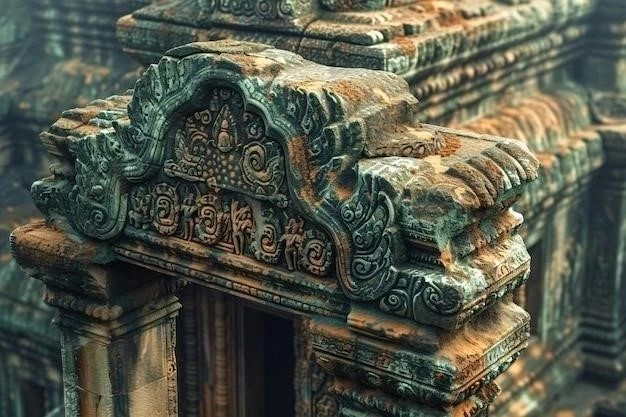
Architectural Photography in Vientiane: Capturing the City’s Essence
Vientiane’s architectural tapestry, woven from threads of history, culture, and artistic expression, provides a rich subject matter for photographers seeking to capture the city’s unique essence. From the grandeur of ancient temples to the faded elegance of colonial villas and the sleek lines of modern structures, Vientiane’s architectural landscape offers a captivating interplay of light, shadow, texture, and form, inviting photographers to explore its visual narratives and capture its architectural soul.
For photographers drawn to the interplay of light and shadow, Vientiane’s temples, with their intricate carvings, soaring rooflines, and gilded surfaces, present captivating subjects. The soft morning light filtering through ancient doorways, casting long shadows across serene courtyards, creates an ethereal ambiance that transports viewers to a realm of spiritual contemplation. As the sun arcs across the sky, the play of light and shadow on the temples’ facades reveals intricate details and textures, inviting photographers to experiment with different perspectives and capture the ephemeral beauty of these sacred spaces.
Beyond the temples, Vientiane’s urban fabric offers a diverse range of photographic opportunities. The city’s French colonial heritage is evident in the elegant villas, shophouses, and administrative buildings that line its boulevards. These structures, with their weathered facades, intricate balconies, and faded pastel hues, evoke a sense of nostalgia and faded grandeur, inviting photographers to capture their timeless beauty and the stories etched into their walls. The bustling streets, lined with street vendors, monks in saffron robes, and locals going about their daily lives, provide a vibrant backdrop to these architectural gems, adding a layer of human interest and cultural context to architectural photographs.

